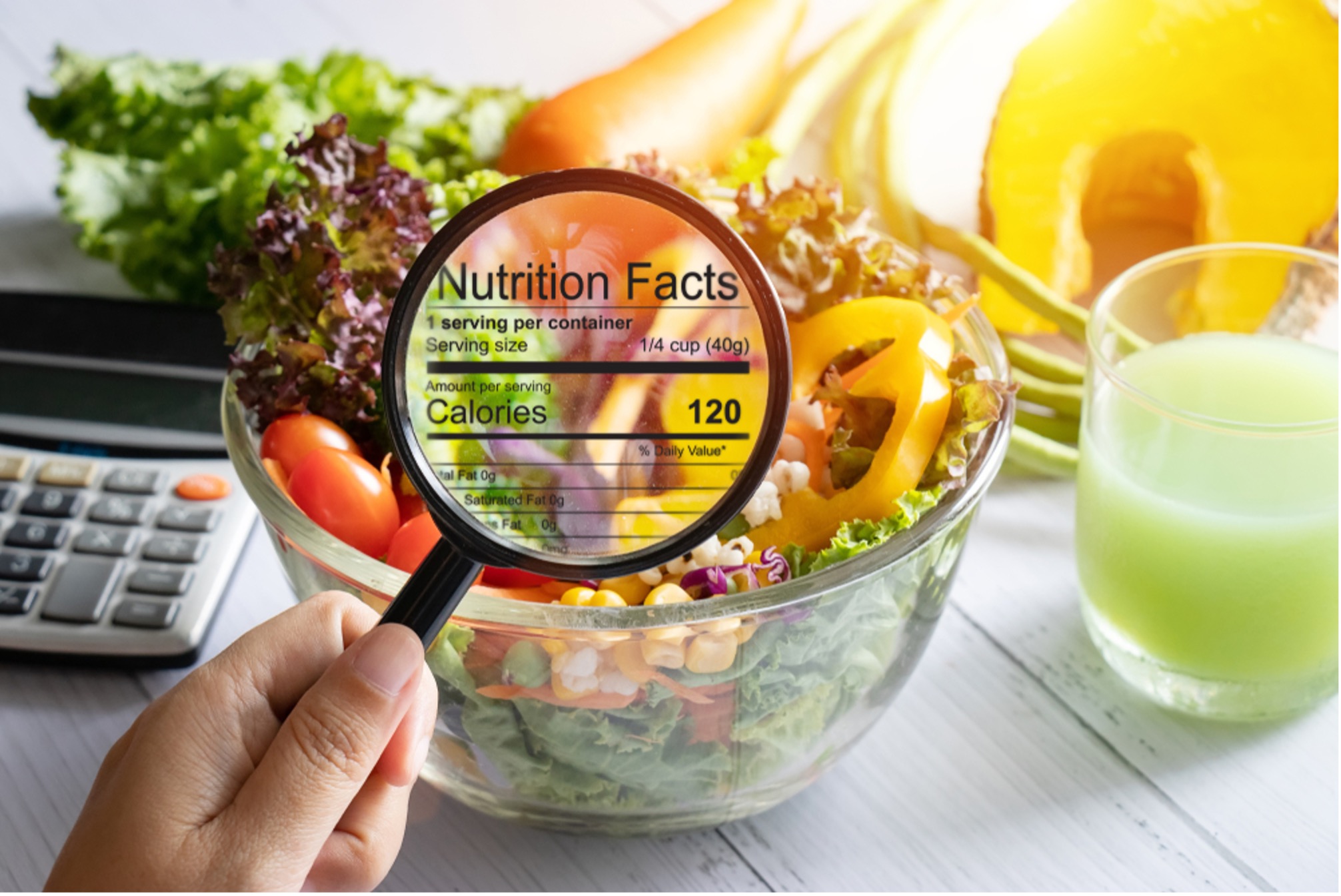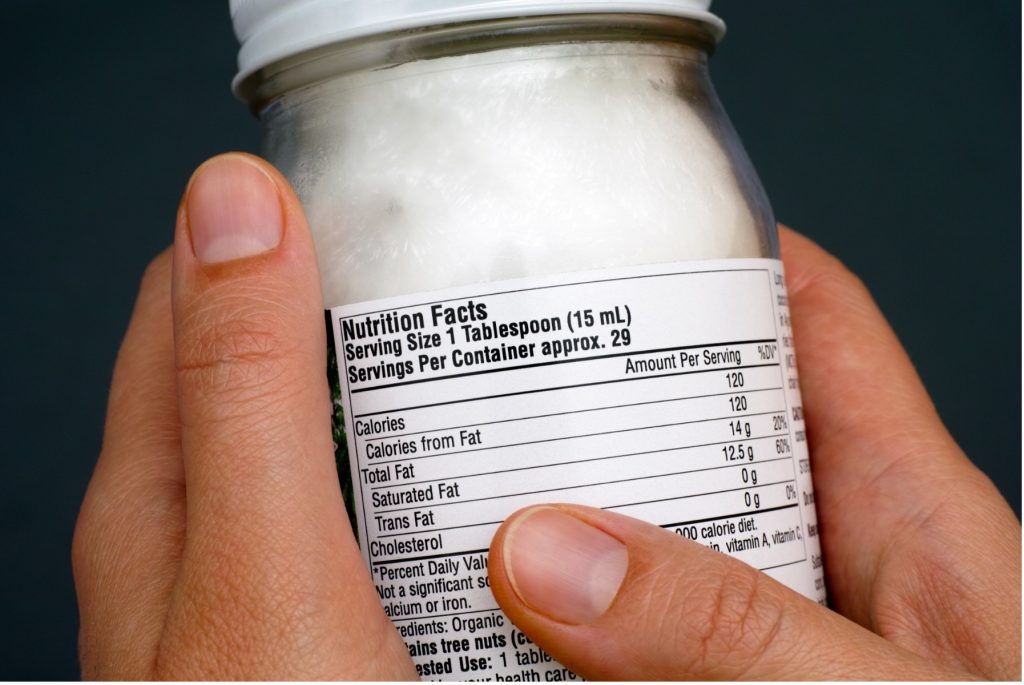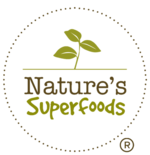-
No products in the cart.
Importance of Reading Food Labels

Reading food nutrition labels can be a little tricky. However, understanding them is useful as it can help you make informed choices when purchasing and consuming food. It does so by providing you with vital information so that healthier food options are chosen as you to decipher if the nutrient claims on the front of the packaging are accurate. It is thus important to analyse food nutrition labels so that you can differentiate mislabelled junk foods from truly healthy foods.
How to Read Food Labels
First and foremost, it is pivotal to understand the components of a food label. According to the Health Promotion Board, there are seven components of a food label. These include the date marking, product name, ingredient list, Nutrition Information Panel (NIP), usage instructions, manufacturer’s details, and net weight. As much as every component plays a role in informing you about the product when trying to get the facts right about the quality and nutrient density of a product, two of these components should be relied upon – the ingredient list and the NIP.
1. Ingredients List
The ingredients list is an important component to look at when reading food nutrition labels. Ingredients found in the food product are listed by quantity, from the highest to the lowest in terms of weight. This means that the first ingredient on the list is the main ingredient found in the product and is used in high concentrations.
How to read the ingredient list
At times, the front of the packaging will have health and nutrient content claims such as “natural” to make the products appear healthier. To ensure that this is true, you should always double-check the ingredient list. The first three ingredients on the list are critical as it shows the main component of what you are consuming. For instance, if you observe ingredients like refined grains, a type of sugar, or hydrogenated oils, you can assume that the product is generally unhealthy. Moreover, an ingredients list that is longer than two to three lines shows that the product is highly processed. To pick healthy options, try to opt for foods that have shorter ingredients lists and have whole foods listed as their first three ingredients.
Understanding the various names for sugar
Another factor you might want to study in the ingredients list, is the type of sugar used. It is commonplace for products to be labelled with “no added sugar” when in reality, the product is already high in natural sugar or contains chemical substitutes that have adverse health effects.
There are many types of sugar. For instance, sugar can be refined sugar, brown sugar, buttered sugar, cane sugar, caster sugar, coconut sugar, date sugar, golden sugar, invert sugar, muscovado sugar, organic raw sugar, rapadura sugar, evaporated cane juice, and confectioner’s sugar. Sugar can also be in the form of syrup like carob syrup, golden syrup, high-fructose corn syrup, honey, agave nectar, malt syrup, maple syrup, oat syrup, rice bran syrup, and rice syrup. In addition, sugar also goes by various chemical names that are not known by many consumers. This includes names like barley malt, molasses, cane juice crystals, lactose, corn sweetener, crystalline fructose, dextran, malt powder, ethyl maltol, fructose, fruit juice concentrate, galactose, glucose, disaccharides, maltodextrin, and maltose. Hence, many food manufacturers use this to their advantage by adding many different types of sugar to their products to hide the actual amount of sugar present. To avoid the unknowing consumption of high amounts of sugar, it is helpful to know some of these common names frequently used in the ingredients list. If you come across any of these sugars listed as one of the top ingredients on the list, then it is safe to conclude that the product is high in added sugars and is not an ideal option.
2. Nutrition Information Panel

Whether you are shopping in a standard supermarket or an organic food store in Singapore, most products will have a Nutrition Information Panel. This panel is often seen on the back of food packaging. It provides information on the true nutritional value of the product. This includes the energy, protein, fat, saturated fat, cholesterol, carbohydrate, dietary fibre, and sodium content. Additionally, other nutrient values may be included on the Nutrition Information Panel if any specific claims have been made at the front of the packaging. This is a good indicator to show you if the health or nutrition claims made on the front of the packaging are true or false and misleading. It also advises on the serving size and servings per package.
Be it organic foods or junk food, do not let the health claims on the front of a packaging fool you! Always refer to the Nutrition Information Panel before deciding to purchase a food product. For a more in-depth analysis of the product, take some time to read the ingredients list too!

